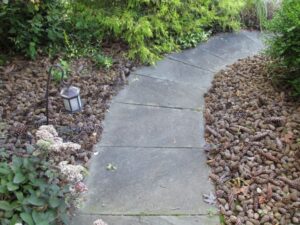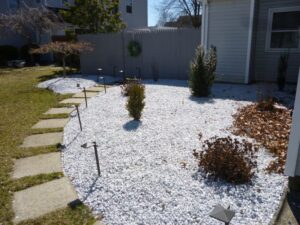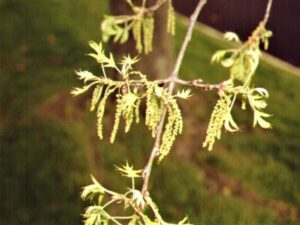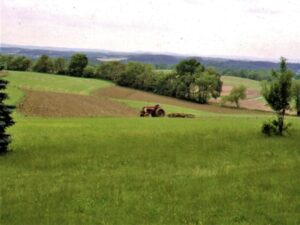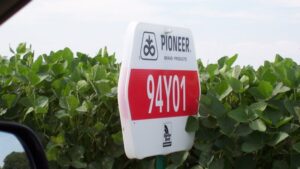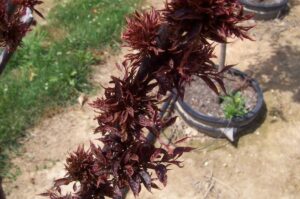The accumulation of heat units (Growing Degree Days (GDD)) is increasing rapidly across many areas of New Jersey as we soon enter into the early weeks of April. If past histories or present-day monitoring indicate the need for interventions, then the best control windows for an increasing number of insect/mite pests are beginning to occur. The following is an incomplete listing of a handful of some of our early season landscape pests that may need to be scouted & possibly controlled. The insect/mite pests included here are: Hemlock Rust Mites; White Pine Weevils; Native Holly Leafminers; European Pine Sawflies; Honeylocust Spider Mites; White Pine Aphids; and Eastern Spruce Gall Adelgids.
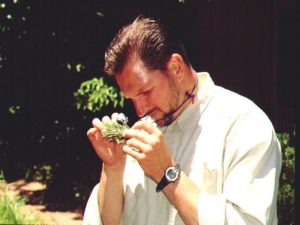
As our landscapes start to “wake-up” with warming temperatures, the insect & mite pests will begin activity. (Photo Credit: Steven K. Rettke, Rutgers Coop. Ext.)
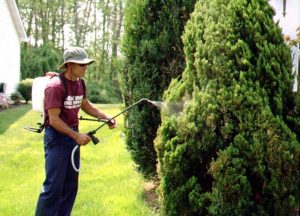
When monitoring indicates controls are warranted, then pesticides can prevent early spring pests from building-up. (Photo Credit: Steven K. Rettke, Rutgers Coop. Ext.)
